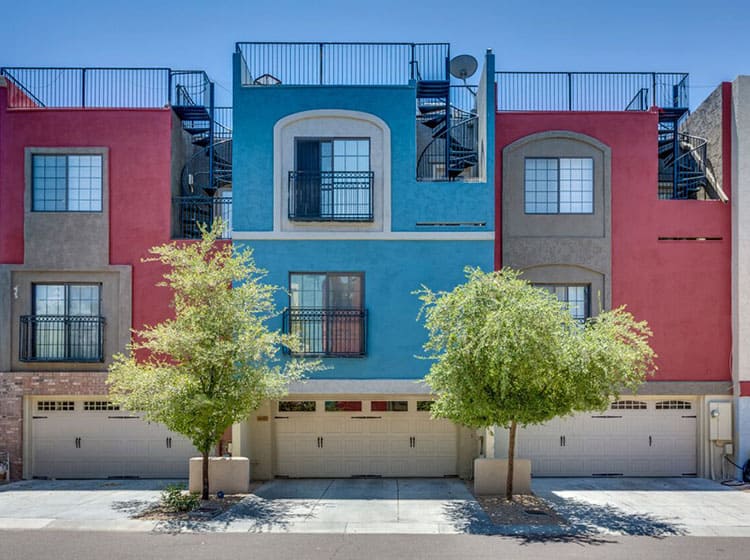Discover Exactly How Seasonal Impacts Can Impact The Efficiency Of Industrial External Painting And Learn One Of The Most Desirable Times To Make Sure Durable Results For Your Project
Discover Exactly How Seasonal Impacts Can Impact The Efficiency Of Industrial External Painting And Learn One Of The Most Desirable Times To Make Sure Durable Results For Your Project
Blog Article
Web Content By-Burnham Celik
When you're planning an industrial exterior painting task, seasonal elements can make or damage your outcomes. mouse click the next document 'll want to think about exactly how temperature and moisture impact paint application and drying times. Selecting the best period can guarantee your paint sticks effectively and lasts much longer. However which periods are truly the most effective for this kind of job? Let's explore the key elements that can impact your task's success.
The Impact of Temperature on Paint Application
When you're planning an industrial exterior paint job, the temperature can significantly influence exactly how well the paint sticks and dries out.
Preferably, you intend to paint when temperature levels vary between 50 ° F and 85 ° F. If it's also chilly, the paint might not heal appropriately, causing problems like peeling off or cracking.
On the other hand, if it's too warm, the paint can dry out as well rapidly, stopping appropriate bond and resulting in an unequal coating.
residential painting louisville should also consider the moment of day; early morning or late afternoon supplies cooler temperatures, which can be more positive.
Always examine the maker's recommendations for the specific paint you're utilizing, as they often offer support on the perfect temperature array for optimum outcomes.
Moisture and Its Effect on Drying Times
Temperature isn't the only environmental aspect that affects your industrial outside painting job; humidity plays a substantial duty too. High humidity levels can slow down drying times significantly, influencing the total high quality of your paint job.
When the air is saturated with moisture, the paint takes longer to heal, which can cause concerns like poor adhesion and a greater threat of mold growth. If you're painting on a particularly moist day, be prepared for extended delay times in between layers.
It's vital to check neighborhood weather conditions and plan as necessary. Ideally, aim for moisture degrees between 40% and 70% for ideal drying out.
Keeping these factors in mind ensures your project stays on track and delivers a long-term finish.
Best Seasons for Commercial Exterior Painting Projects
What's the very best time of year for your business outside paint jobs?
Springtime and very early autumn are typically your best options. During these seasons, temperatures are mild, and moisture levels are commonly reduced, producing ideal problems for paint application and drying.
Stay clear of summertime's intense heat, which can create paint to completely dry as well swiftly, bring about bad bond and finish. Likewise, winter season's chilly temperatures can hinder correct drying and healing, taking the chance of the durability of your paint job.
Aim for days with temperatures between 50 ° F and 85 ° F for optimum outcomes. Remember to inspect the local weather prediction for rainfall, as wet conditions can ruin your project.
Planning around these variables guarantees your painting job runs efficiently and lasts longer.
Verdict
In conclusion, intending your industrial external paint projects around seasonal factors to consider can make a considerable distinction in the outcome. By organizing job throughout the suitable temperatures and humidity levels, you'll guarantee much better bond and drying times. Keep in mind to keep an eye on neighborhood weather report and pick the correct time of year-- spring and very early loss are your best choices. Taking these actions will help you accomplish a sturdy and expert surface that lasts.
